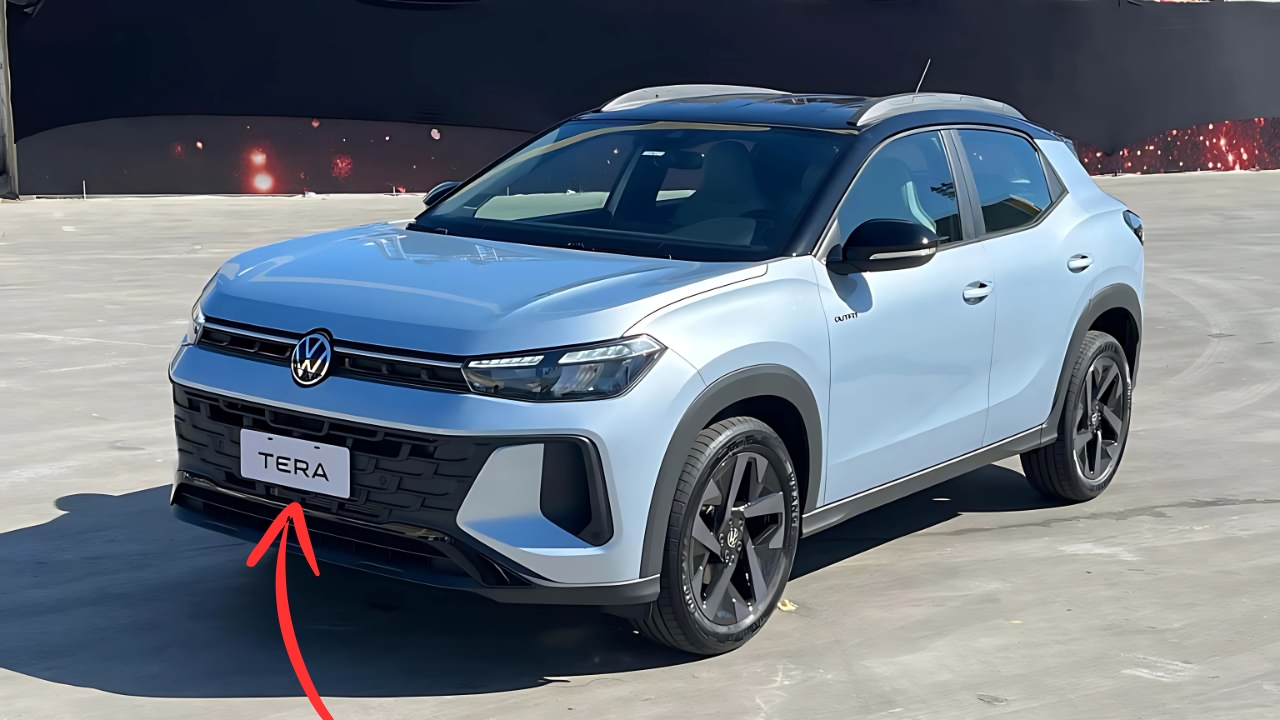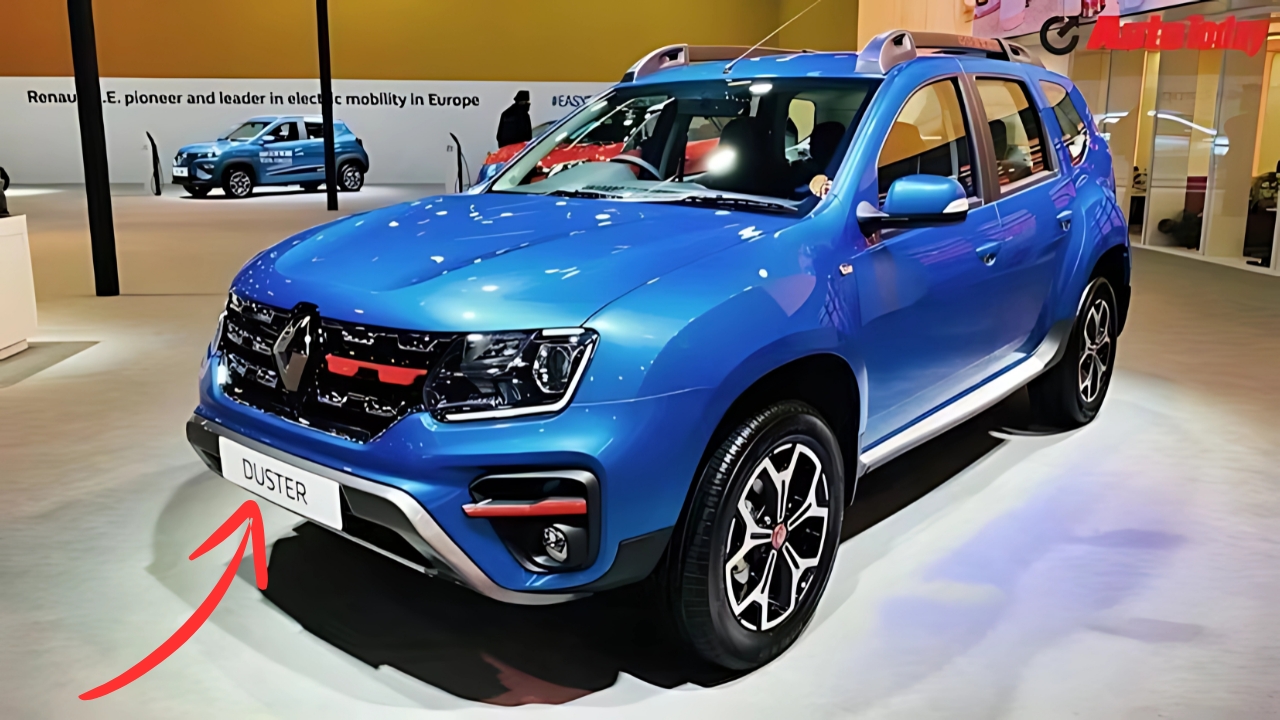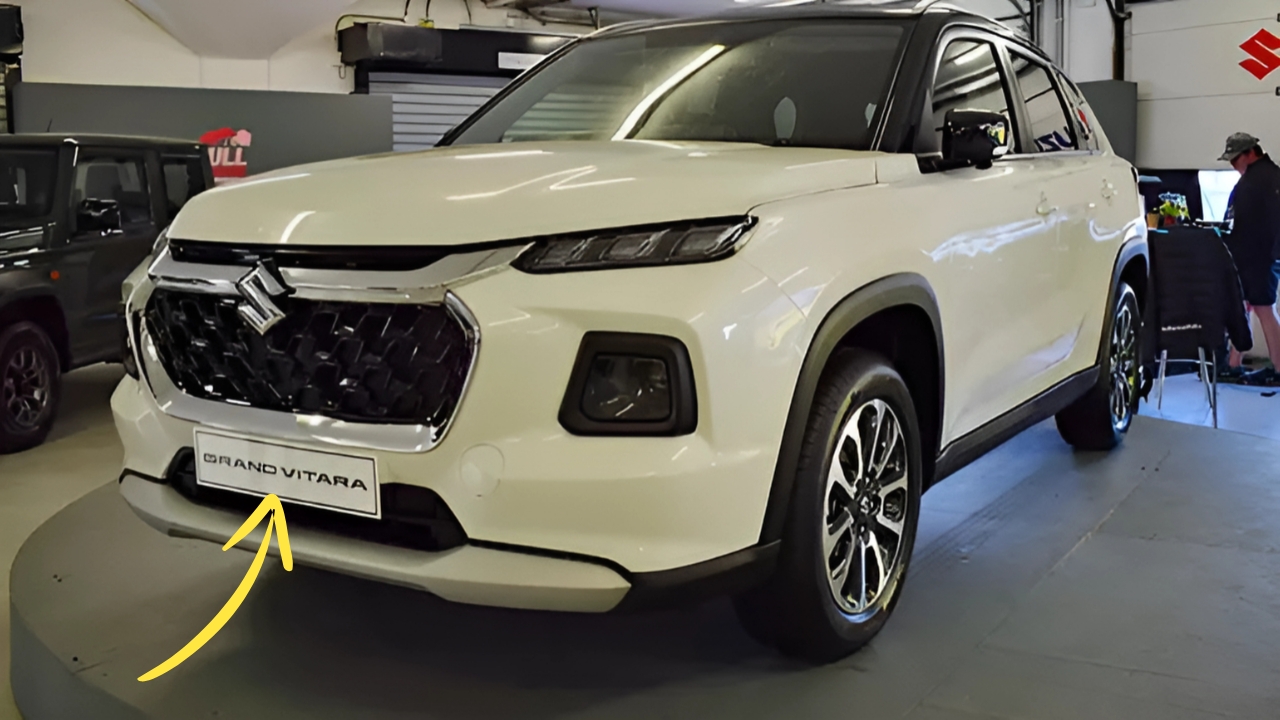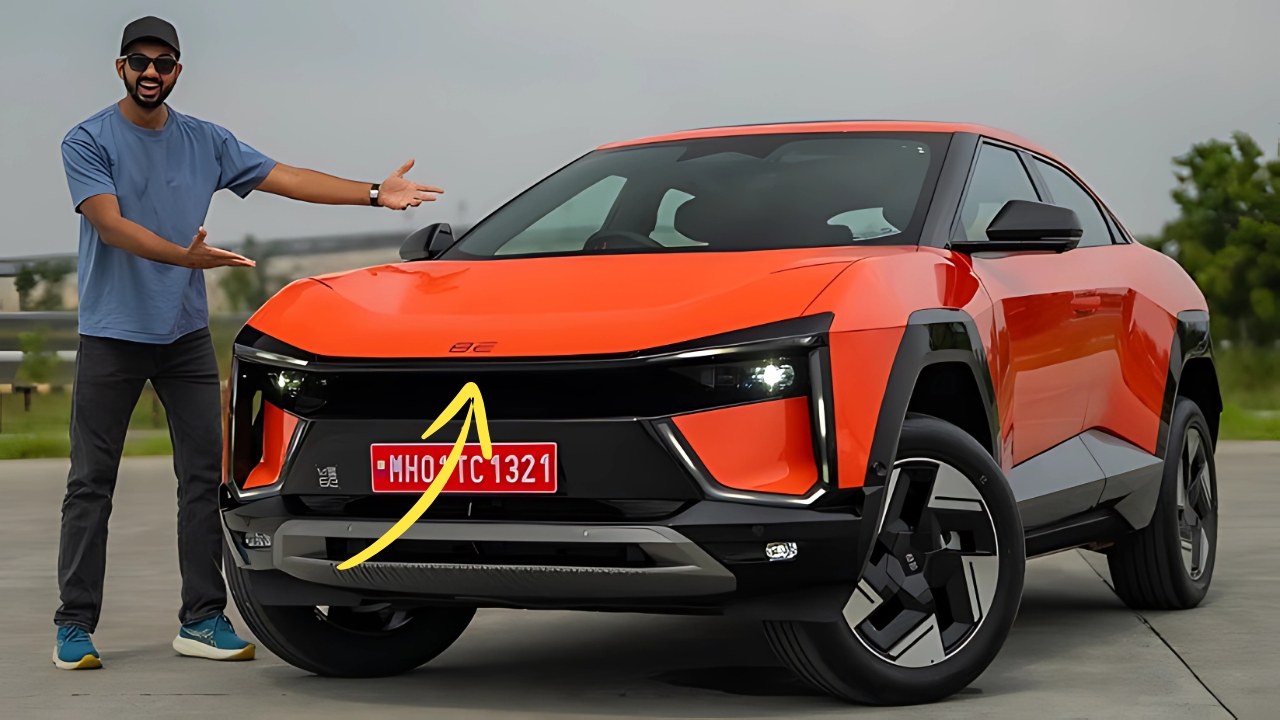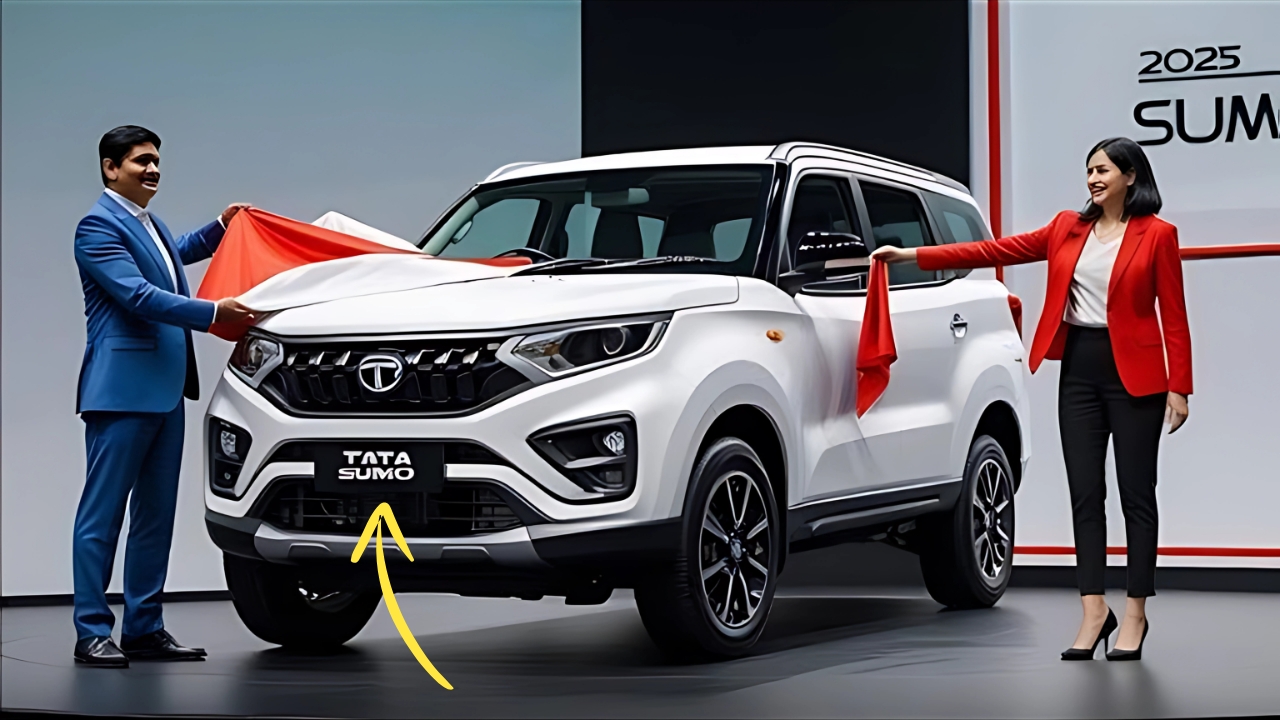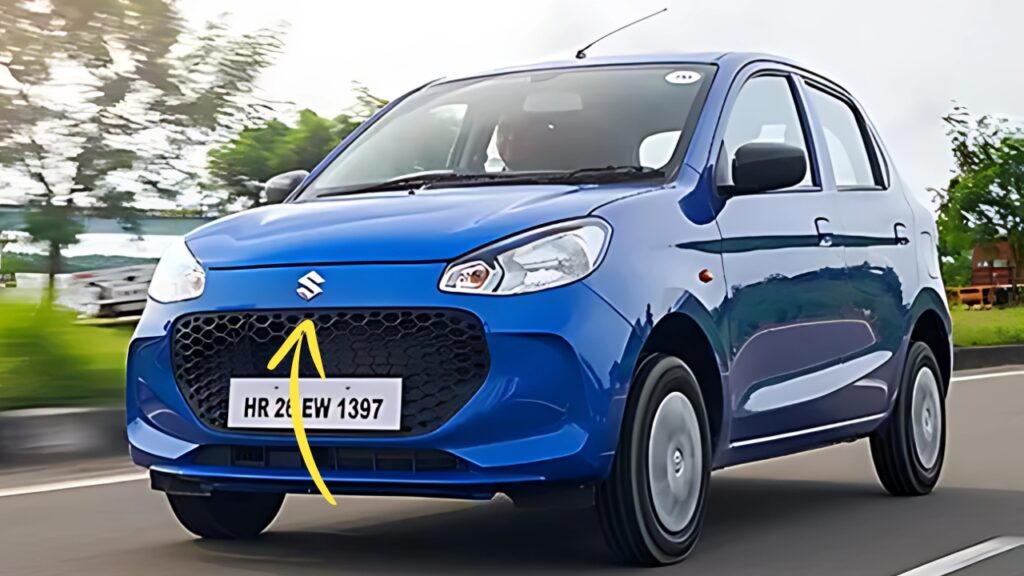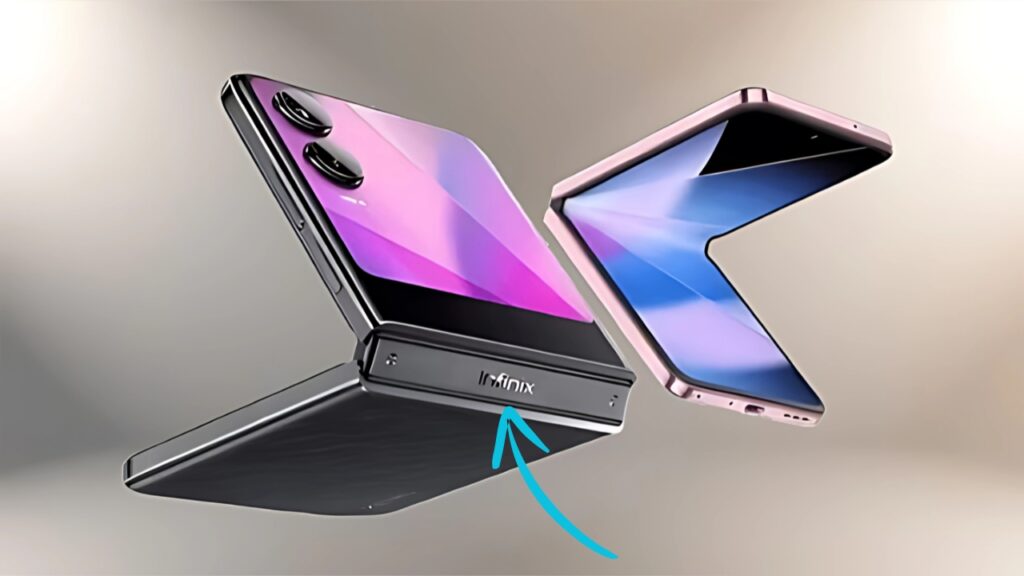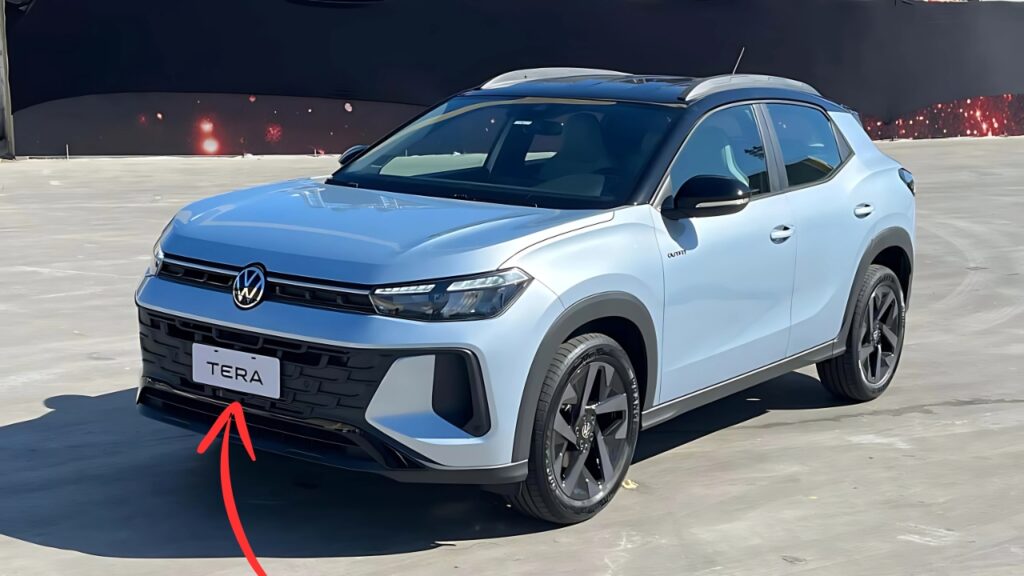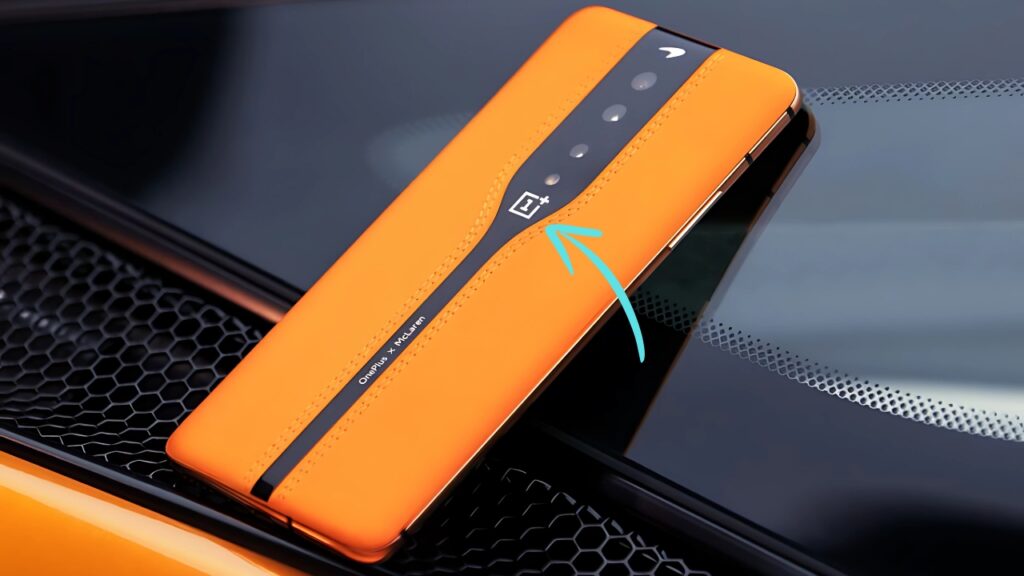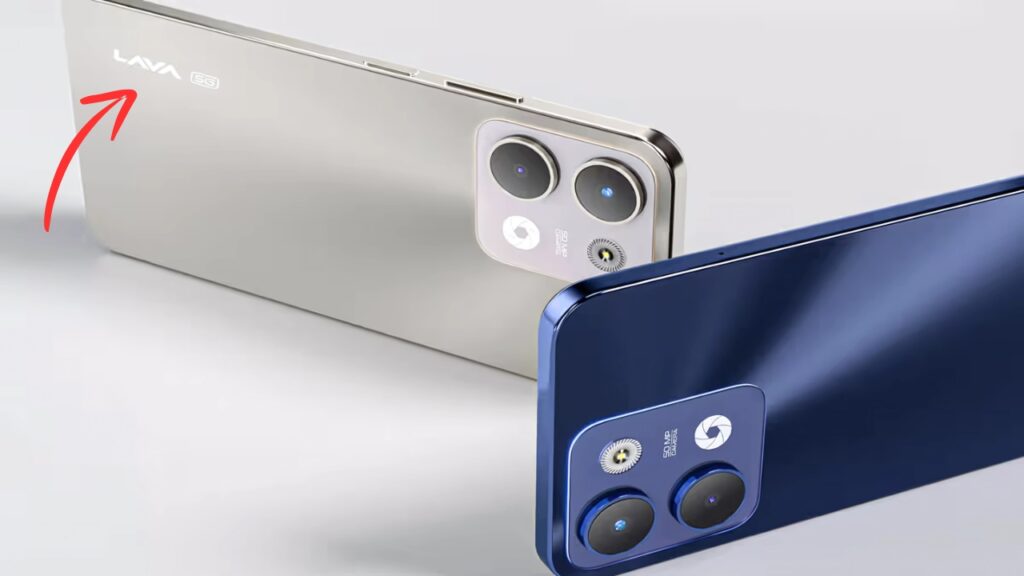Tata Nexon EV: When Tata Motors electrified their popular Nexon SUV, the challenge was not just to trade an engine for batteries – it was to put a stake in the ground on India’s auto terrain.
The Nexon EV is about more than transportation; it is a statement about the country’s electric future — wrapped up in a shape Indian drivers recognize.
The Electric Heart in the Body You Know
The Nexon EV wears its electric identity in a low-key fashion. Some blue highlights and EV badging give it away against regular siblings, but the general outline is still familiarly Nexon.
It makes sense – radical designs could alienate mainstream buyers taking their first tentative steps toward electrification.
Tata’s Ziptron technology is nestled under the skin, which is a lithium-ion battery pack juicing a front-mounted electric motor.
Across the versions, range is between 312-465 km per charge – numbers that are assuring to the inability to tolerate range-anxiety of the masses.
Thanks to the immediate surge of torque from the motor, this is an especially useful attribute when bobbing and weaving through city traffic.
It is a very different driving experience to its petrol sister-borns. Acceleration is instantaneous and consistent; there’s no jarring interruption of the drivetrain that gearheads in muscle cars and sports-car drivers are used to.
With this smoothness along with no engine vibration, the whole package feels more sophisticated than the price tag suggests.
Living With Electricity
The main focus of daily ownership are charging patterns. For now, most owners will charge at home and be able to fill the battery from empty in around 8-10 hours on a typical AC charger.
DC fast-charging stations can bring the battery level from zero to 80 percent in about 60 minutes, but these charging facilities are currently for the handful of urban centers and highways.
There is amply of room inside the cabin for five passengers, although taller folks may feel cramped in the rear headroom.
Inside, materials and textures tend more toward the practical, but with modest premium touches, with hard-wearing fabrics and plastics prevailing but soft-touch surfaces deployed judiciously in key touch spots.
Tata’s infotainment system has gotten better with each update, and now comes with smartphone connectivity and EV features such as monitoring energy consumption and nearby charging stations.
The digital instrument cluster is logical and clearly displays the necessary information, but a few of the graphics look dated alongside those of the international competition.
Financial Equation
Determining ownership goes well beyond the purchase price. Cheaper running costs balance out the higher cost to buy, as the cost of electricity per unit of energy (one third of the cost of a similar amount of petrol) is nowhere near as expensive.
It requires a lot less maintenance – no oil changes, much less moving parts, and regenerative braking that significantly lowers wear and tear on frictional elements.
Government incentives also sweeten the deal, though these vary by state and change often as policy changes. The Nexon EV is a near cost-to-cost option over an effective five-year ownership cycle for urban families.
Strengths and Limitations
Pros:
Much cheaper to run when compared to petrol/diesel options
Crisp acceleration, ideal for the city
No tailpipe emissions and lower noise pollution
Solid construction, receives 5-stars in safety
India friendly, practical SUV silhouette
Established service network, uncommon for an electric car
Cons:
Some public charging infrastructure outside of major urban areas
Longer payback time even with financial incentives
Pre-planning for travel between cities involved more complicated journey times
Real-world range varies widely on driving style and use of climate control
Battery degradation worries around the diversity of India’s climate conditions
There are some budget-grade interior materials
Tata Nexon EV: The Verdict
The Tata Nexon EV isn’t reinventing transportation — rather, it’s electrifying a blueprint that Indians already have a liking for.
For urban families with well-established driving schedules and home charging, it offers a singular combination of the familiar and the future.
And as the network of charging points grows, and the technology behind the batteries improves, cars such as the Nexon EV will go from exotic early-adopter oddities to mainstream options.
For now, it is just a practical peek into an electric future that is starting to seem inevitable.


